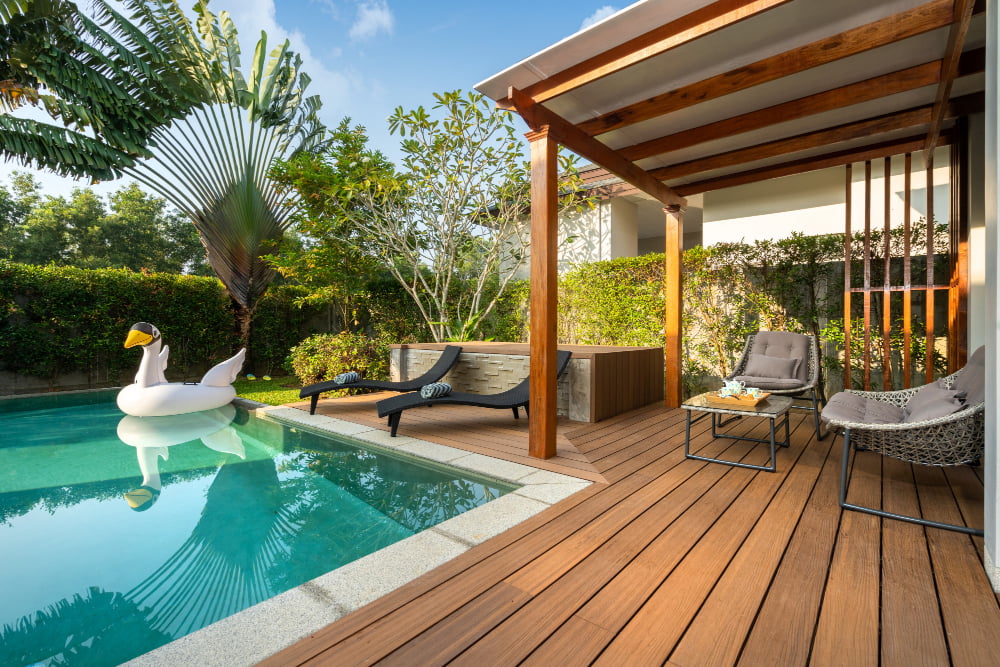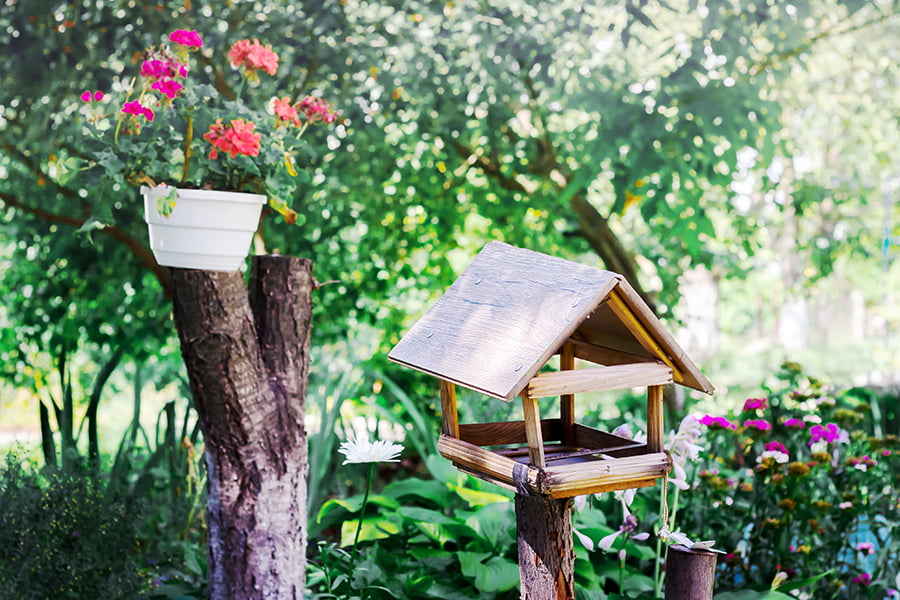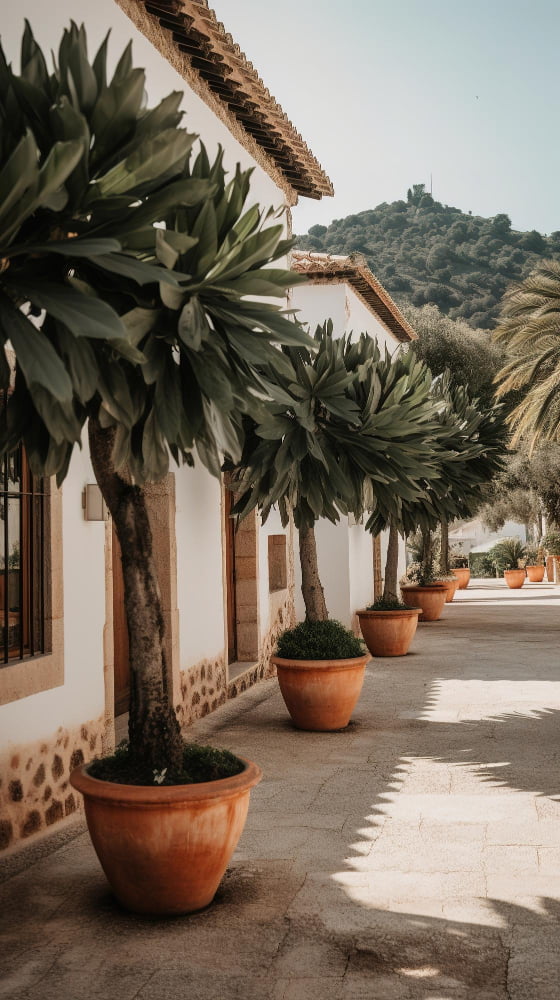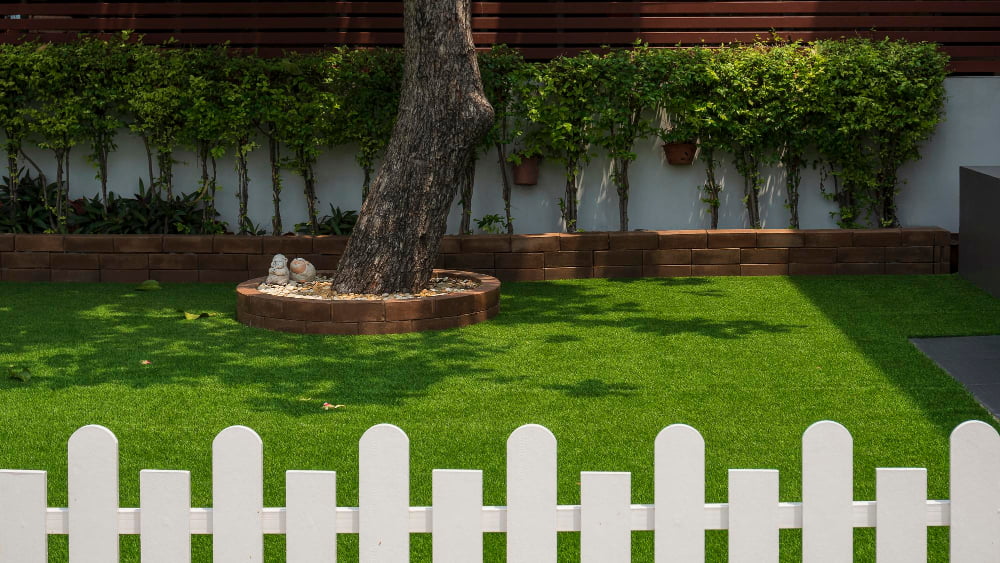For a tranquil atmosphere, consider incorporating elements like ponds, fountains, waterfalls, or even small streams.
Are you looking to add a unique and beautiful touch to your landscaping design? Incorporating water features into your landscape can be a great way to bring life and vibrancy to your outdoor space.
From small ponds and fountains to waterfalls and streams, there are numerous ways in which you can creatively incorporate water features into your landscaping design.
This blog post will discuss options for incorporating water features into your landscaping design.
Types of Water Features

Many types of water features can be incorporated into a landscape, each with its unique look and feel. Some popular water features include ponds, fountains, streams, cascades, and waterfalls.
Ponds are large bodies of still or slow-moving water that can be used as a focal point in your landscape design. They come in all shapes and sizes and can be filled with fish or aquatic plants for added beauty.
Fountains are smaller than ponds but provide the same calming effect with their trickling sounds. Streams create movement within your landscape by flowing from one area to another, while cascades feature multiple falling water levels for an eye-catching display.
Waterfalls offer dramatic effects as they cascade down rocks or other structures into pools below them. No matter which types you choose for your landscaping design, incorporating a water feature will make it stand out from the rest!
Location Considerations

The location should be chosen carefully to ensure the feature will be aesthetically pleasing and functional. Factors such as sunlight, soil type, and access to utilities should all be considered when selecting a spot for a water feature.
Sunlight is essential because it can affect how quickly plants grow around the feature and how much algae accumulates in the water. Soil type also plays a vital role since different soil types can affect drainage and nutrient availability for plants growing near or in the water.
Access to utilities like electricity or plumbing may be necessary depending on what kind of water feature you are installing; this should also factor into your decision about where to place it.
Maintenance Requirements
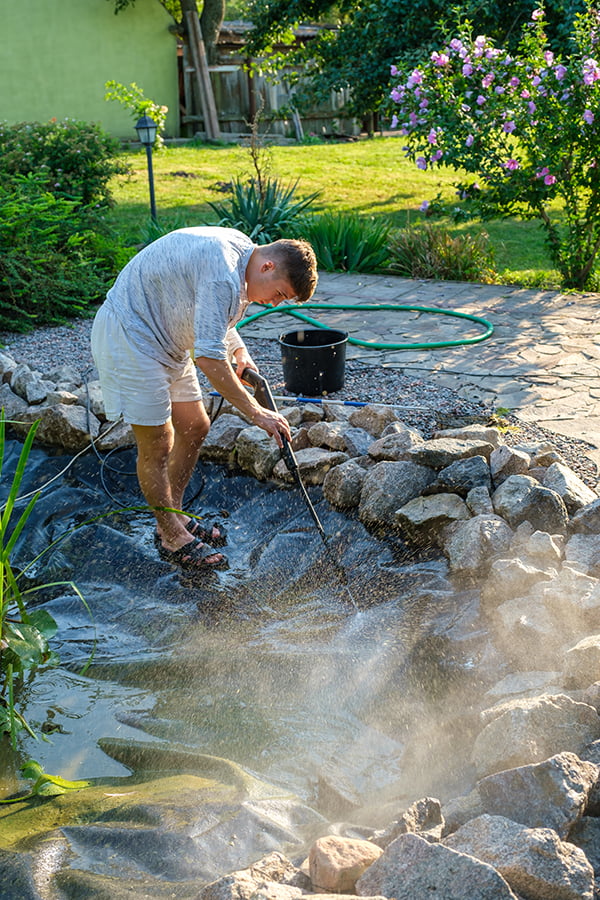
Depending on the type of water feature you choose, different maintenance requirements may need to be considered. For example, if you have a pond or fountain, you must regularly check and clean the pump and filter system to ensure it works correctly.
You should also check for any debris or algae buildup that could clog up the system and cause damage. If your water feature has fish or other aquatic life, you must monitor their health and provide them with food as needed.
Depending on where your water feature is located, you may need to cover it during cold weather months or provide shade from direct sunlight during hot summer days. Taking these steps can help keep your water feature looking great for years!
Cost Estimates
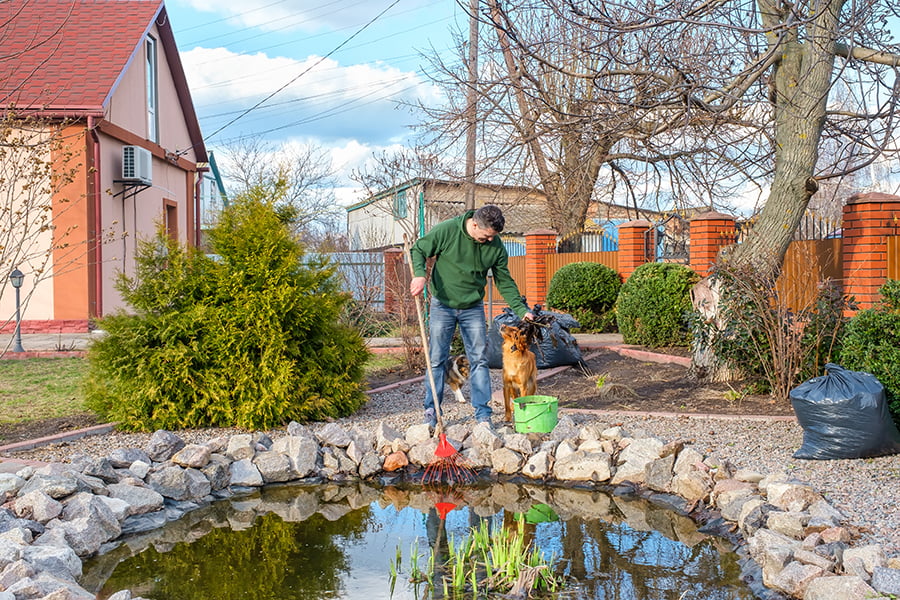
Factors such as materials, labor, and installation costs all play a role in determining the overall cost of adding a water feature to your landscape.
The type of water feature you choose will also affect the price; for example, installing a pond or fountain may be more expensive than simply adding an outdoor sprinkler system.
Any additional features, such as lighting or pumps, may increase the total cost. Researching different options and getting quotes from multiple contractors before deciding on your landscaping design is essential.
Design Ideas
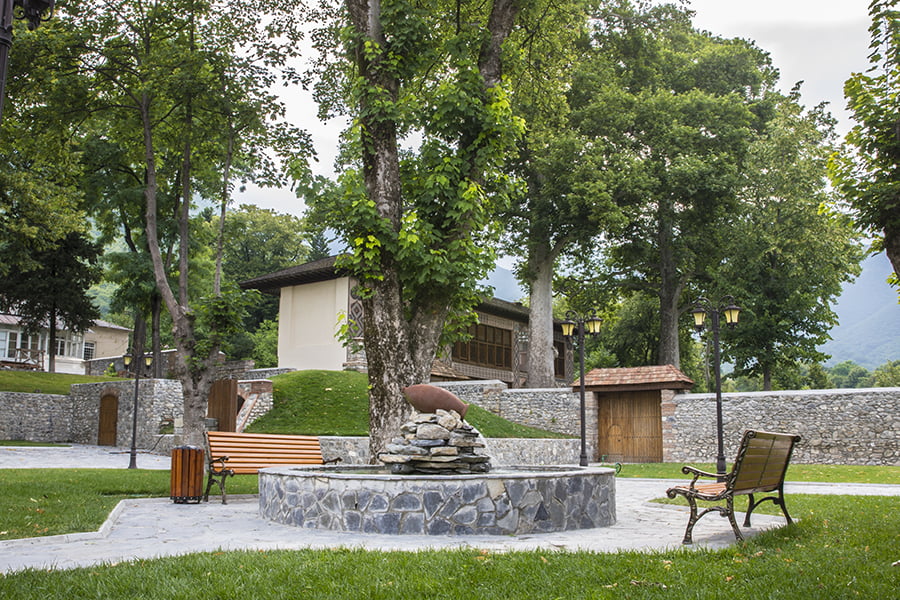
These ideas can range from small, simple additions, such as a fountain or pond, to larger and more complex projects, like an outdoor swimming pool or waterfall.
When planning out these design ideas, it is essential to consider the size of the space available for the water feature and any existing structures in the area that may need to be considered.
It is essential to consider how much maintenance will be required for each type of water feature and whether any local regulations must be followed when installing them.
With careful consideration and planning, incorporating water features into landscaping can create an attractive and inviting outdoor living space.
Materials Needed

The most common materials used for water features are rocks, gravel, and plants. Rocks can be used to create a natural-looking waterfall or pond edge.
Gravel can be used as a base material for ponds and streams and provide an attractive surface around the feature. Plants are essential for creating an aesthetically pleasing look and also help keep the water clean by filtering out pollutants from runoff.
Pumps may be necessary to circulate the water in larger ponds or fountains. A qualified electrician should install any electrical components to ensure the safety and proper functioning of the feature.
Safety Precautions

Considering the potential risks associated with water features, such as drowning or slipping hazards, is essential. To ensure safety, it is recommended to install a fence around any pool or pond area and keep all electrical components away from the water.
It is essential to regularly check for any leaks in plumbing systems and inspect pumps for proper functioning. If using chemicals in the water feature, follow manufacturer instructions carefully and store them safely away from children and pets.
These steps will help create an enjoyable outdoor space while keeping everyone safe.

